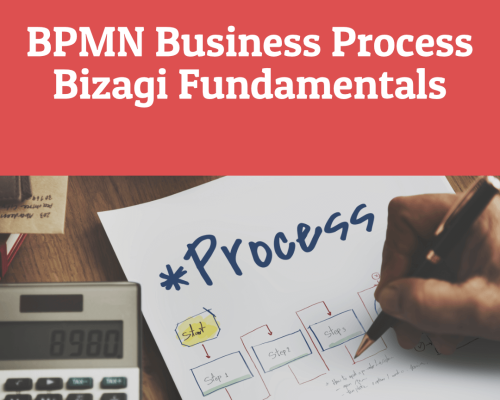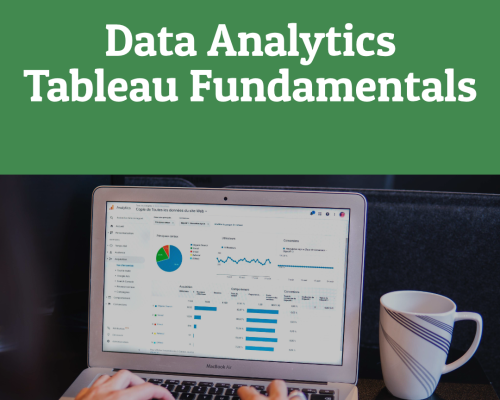 Pada pelaksanaan bisnis perkantoran, berbagai macam dokumen perlu dibuat. Contoh dokumen yang dibuat adalah rancangan anggaran, invoice, project timeline, laporan penjualan, laporan keuangan dan lain sebagainya. Dokumen-dokumen ini dapat dibuat dengan aplikasi spreadsheet (Walkenbach, 2015). Microsoft Excel merupakan aplikasi spreadsheet yang banyak digunakan pada berbagai industri (Gartner, 2017).
Pada pelaksanaan bisnis perkantoran, berbagai macam dokumen perlu dibuat. Contoh dokumen yang dibuat adalah rancangan anggaran, invoice, project timeline, laporan penjualan, laporan keuangan dan lain sebagainya. Dokumen-dokumen ini dapat dibuat dengan aplikasi spreadsheet (Walkenbach, 2015). Microsoft Excel merupakan aplikasi spreadsheet yang banyak digunakan pada berbagai industri (Gartner, 2017).
Microsoft Excel dapat digunakan mengolah berbagai data dengan mudah, cepat, dan akurat. Contoh pengolahan data yang dapat dilakukan adalah penghitungan data angka, pembuatan chart, penyortiran data, perbaikan data teks secara massal, hingga pembuatan dashboard (Walkenbach, 2015). Data dan grafik dapat diedit dan ditampilkan hasilnya secara realtime (Slager, 2016).
Training Microsoft Excel membahas dasar-dasar penggunaan aplikasi. Selain itu juga akan dibahas metode pengolahan, penyortiran, agregasi, dan analisis data. Training dilengkapi dengan berbagai studi kasus sesuai konsep dan teori yang dipaparkan.
OBJECTIVES
- Mampu mengoperasikan Excel 2019
- Mampu membuat formula dan macro
- Mampu menampilkan data secara visual
- Mampu melakukan konsolidasi data ke dalam workbook tunggal
- Mampu menggunakan fitur kolaborasi
AUDIENCE
- Data Processor
- Data Analyst
- Data Scientist
- Profesional TI
- Profesional Keuangan
PREREQUISITES
Tidak ada training khusus yang dipersyaratkan
CONTENT
1. Introduction to Excel
1.1. Starting Excel
1.2. Working in the Excel Windows
1.3. Changing Workbook and Window Views
1.4. Working with an Existing Workbook
2. Working with Microsoft Excel
2.1. Creating Workbooks
2.2. Saving Workbooks
2.3. Entering and Editing Basic Data in a Worksheet
2.4. Using Data Types to Populate a Worksheet
2.5. Cutting, Copying, and Pasting Data
2.6. Editing a Workbook’s Properties
3. Using Office Backstage
3.1. Printing with Backstage
3.2. Changing the Excel Environment
3.3. Accessing and Using Excel Templates
4. Using Basic Formulas
4.1. Understanding and Displaying Formulas
4.2. Using Cell References in Formulas
4.3. Using External Cell References
5. Using Functions
5.1. Summarizing Data with Functions
6. Formatting Cells and Range
6.1. Inserting and Deleting Cells
6.2. Manually Formating Cell Contents
6.3. Copying Cell Formating with the Format Painter
6.4. Understanding Paste Special Options
6.5. Formating Cells with Styles
6.6. Working with Hyperlinked Data
6.7. Applying Conditional Formatting to Cells
7. Formatting Worksheets
7.1. Working with Rows and Columns
7.2. Using Themes
7.3. Inserting Header and Footers
7.4. Preparing a Document for Printing
8. Managing Worksheets
8.1. Organizing Worksheets
8.2. Using Zoom and Freeze to Change the Onscreen View
8.3. Finding and Replacing Data
9. Working with Data and Macros
9.1. Importing Data
9.2. Sorting Data
9.3. Filtering Data
9.4. Outlining and Subtotaling Data
9.5. Setting Up Data in a Table Fomat
10. Using Advanced Formulas
10.1. Using Formulas to Conditionally Summarize Data
10.2. Adding Condtional Logic Functions to Formulas
10.3. Using Formulas to Modify Text
11. Securing Workbooks
11.1. Securing Your Work
12. Creating Charts
12.1. Building Charts
12.2. Formating the Parts of a Chart Manually
12.3. Modifying a Chart
12.4. Using Quick Analysis Tools
13. Adding Pictures and Shapes to a Worksheet
13.1. Inserting Pictures
13.2. Adding Shapes, Lines, Text Boxes, and WordArt
13.3. Formating Graphics
13.4. Adding Graphic Enhancements Using Picture Tools
13.5. Adding Alternative Text to Pictures
Course Features
- Lectures 0
- Quizzes 0
- Duration 4 days
- Skill level All levels
- Language English
- Students 0
- Certificate No
- Assessments Yes




